热门推荐商品
-
神奇的逻辑思维游戏书 5-13岁提升孩子逻辑思维训练
¥22.50
-
正面管教 修订版 如何不惩罚不娇纵有效管教孩子 育儿百科 最温柔的教养 樊登 早教书
¥19.00
-
一本书读懂中国茶
¥24.90
-
中国国家地理:最好的时光在路上
¥24.90
-
正面管教儿童行为心理学
¥19.00
-
正面管教男孩100招(养育男孩全书)父母的语言话术
¥18.00
-
陪孩子度过7~9岁叛逆期(7-9岁关键养育 叛逆不是孩子的错 男孩女孩自驱型成长)
¥16.30
-
女生呵护指南
¥39.00
-
西尔斯怀孕百科
¥41.50
-
协和医院专家教你吃对不生病:糖尿病吃什么宜忌速查
¥14.90
- 商品名称:中国城记·南京:悠悠秦淮(英文版)
- 商品编号:10748061
内容简介
What makes Nanjing and its Qinhuai River district so unique from great cities of China is that it really is a complete package of sites, history and cultural enjoyment. In a small span of time a visitor can venture through more than 2,000years of history in a beautiful and serene setting. With every step, flanked by lushtrees and rushing waters, Nanjing mesmerizes you, urging you to relax and soak up the history that envelops you.This is perhaps the primary feeling I had and many others have had when visiting Nanijing. Walking along tree-Lined boulevards, drifting lazily down the waters of the Qinhuai or strolling through the ancient lanes and walkways of the old city center are where the special moments of any trip are formed. The sights, sound sand tastes welcome you to explore and reward you at every step. For me, personally I found myself really opening up to the experiences that China has to offer the traveler here in Nanjing and wanting to find a way to stay a little bit longer. As a traveler one rarely has the chance to spend more than a few days in any one location and devote the time needed to really become one with a city. When wetravel, many of the cities we visit can seem daunting and we have no idea where to begin. The concept behind this book is to give you a Look into the history of this fascinating city, a solid foundation of what makes this city so unique and most importantly the hidden gems not easily found otherwise so that when you visit you feel like you are returning home and not merely an awe-struck tourist.
作者简介
Bobby Brill first visited China in 2003 on a documentary film project that set the stage for further international adventures. He is an accomplished 10-year veteran of the media industry working in photography, cinematography and multi-media content production. Born and raised in the United States, he is now focusing his attention on the unique personal stories of people he encounters in China.目录
Introduction of NanjingConfucius and the Imperial Examination
Folk Customs along the Qinhuai River
The Eight Beauties of the Qinhuai River
Buddhism and Nanjing
Seeing Nanjing through the Prism of the Qinhuai River
Appendix
Acknowledgements
精彩书评
As someone born and bred in Nanjing, I am excited by the changes I see in the city. I used to Live in Dingjiaqiao, which now bears no resemblance to the neighborhood I remember from my childhood. But whenever I go back to Nanjing, I still have a pleasant sensation of being at home.——Wu 3ianmin, Honorary President of the Bureau of International Expositions
I always think of plane trees when I think of Nanjing. They remind me of my years in NZ and how the streets of Auckland were kept cool in summer by the leafy shade of plane trees too. One of my favorite walks is the Spirit Way to the Ming Tombs on Purple Mountain The strange stone animals which lined it are well polished by thousands of school children sitting astride them.
——Anthony Stones, FRBS, Chairman of British Association of Portrait Sculptors
Nanjing is a very relaxed city with a real human touch, and not beset by excessive ambition. Cities can sometimes be personified. As a person, Nanjing is simple and innocent.
——Su Tong, a renowned writer
People need to use their senses to understand the city. It is not a place of hustle and bustle. It is a place for tranquil hearts.
——Anni Baobei, a renowned writer
精彩书摘
Silk production bases began to emerge in several areas of China. Around 400 AD, by utilizing the water of the Oinhuai River, Nanjing was estabUshed as the center for silk brocade manufacture. Craftsmen found that the water from the Oinhuai River served as a better dye water than other water sources, colors were brighter and lasted longer. Silk brocade production reached its zenith in the Ming Dynasty when the capital was once again restored to Nanjing. The large looms were running day and night to output garments, imperial robes, hnens and display pieces for the emperor and his court.Even after power shifted in the following 0ing Dynasty and the capital was relocated out of Nanjing, the city's fortune was secured by the high quality and high price their silk brocade commanded. The imperial courts still continued to have their own personal garments made in Nanjing and as the empire grew so did the amount of noblemen. The silk was being exported in greater amounts and was highly prized over many of the other silk offerings. Artisans and craftsmen created more varieties and expanded on designs and pushed techniques to furthershow the quality of Nanjing brocade.
As history progressed and the status of the empire waned Nanjing brocade was the only style of silk production to survive and even that was a struggle in more recent history. The giant looms were nearly all but lost due to wars and poverty along with the artisans whose skills were required to continue the traditions. However, the quality of Nanjing brocade and the yearning for fine silk garments have not been lost and the unique technique has become one of world's intangible cultural heritages in.
……


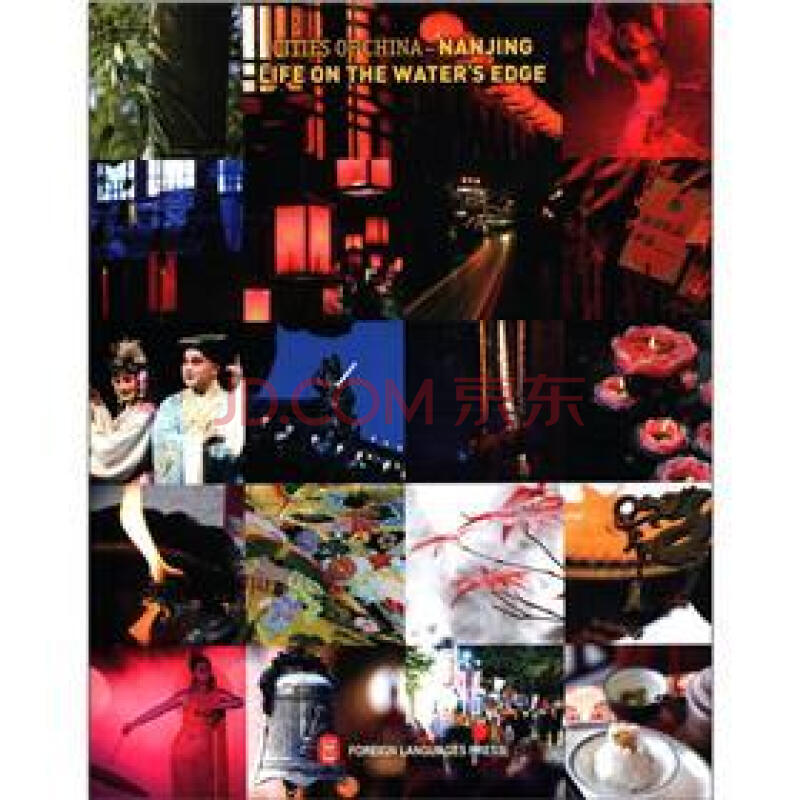
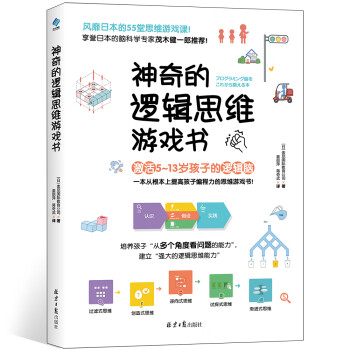
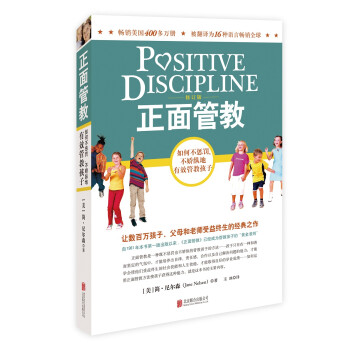
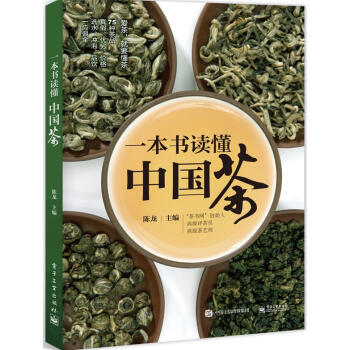
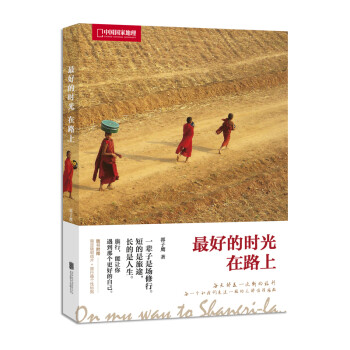


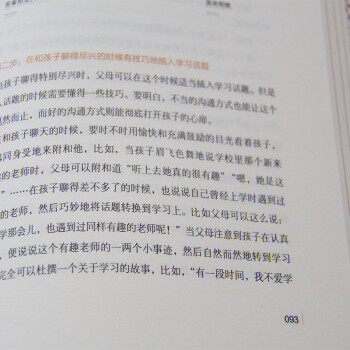
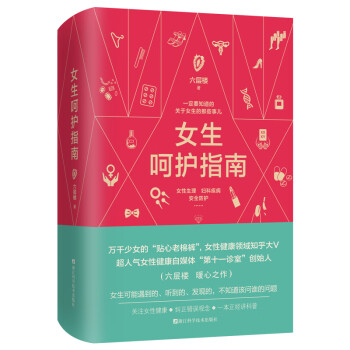
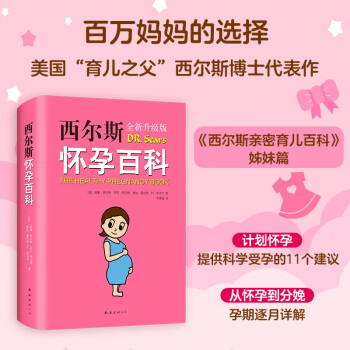
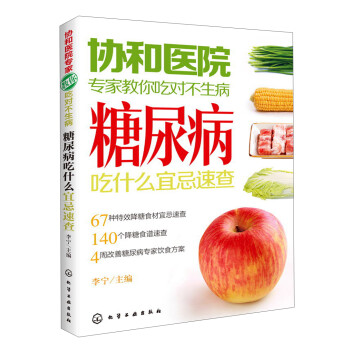





 沪公网安备 31010402003631号
沪公网安备 31010402003631号